Derwent Valley Mills
A series of early cotton mills that represent the birth of the factory system at the start of the Industrial Revolution.
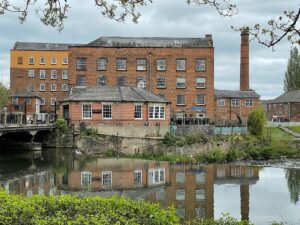
A series of early cotton mills that represent the birth of the factory system at the start of the Industrial Revolution.
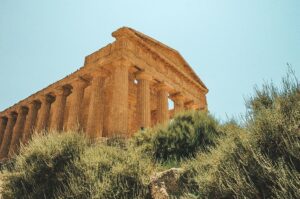
An exceptional collection of ancient Greek temples dating to the 5th century BC.
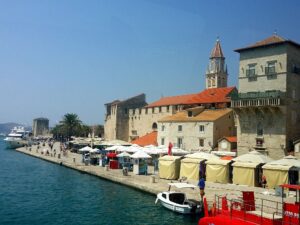
A small city on an island showing influences from a succession of ruling powers.
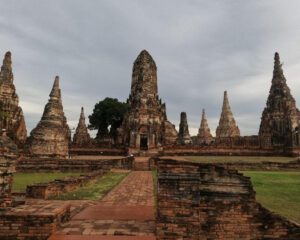
A 14th-18th century city that served as a seat of the Siamese royal court and whose art and architecture show international influences.
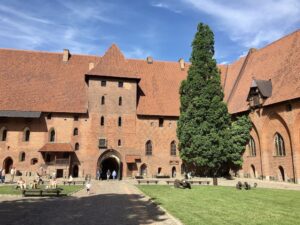
A massive brick castle from an era of forced conversion to Christianity in eastern Europe.
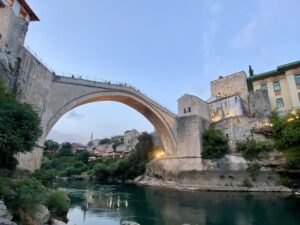
Significant not for its history, but for the symbolism of its restoration.
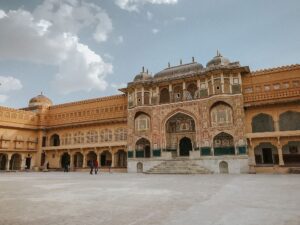
Six ornate and unique forts, legacies of the Princely Rajput states.
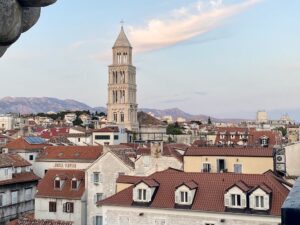
A complete architectural ensemble built around the well-preserved ruins of a large palace complex.
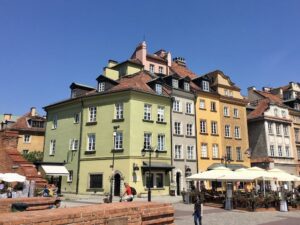
An outstanding near-total reconstruction of a centuries-old historic city center.
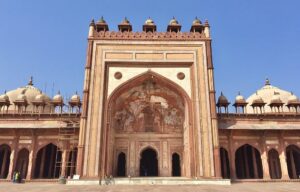
An ancient city that is a masterpiece of Mughal architecture.
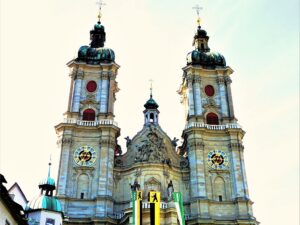
An 8th-century monastery with a beautiful Baroque cathedral and an ancient library.
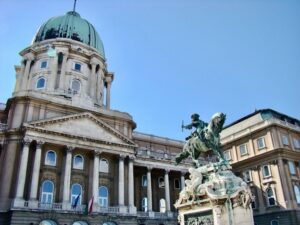
Significant because of its urban landscape and influence on European architecture.
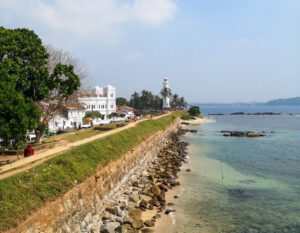
A charming and well-preserved colonial fortified city in Sri Lanka.
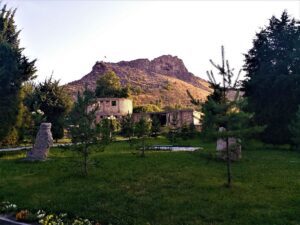
A small mountain with a very long history as a sacred site.
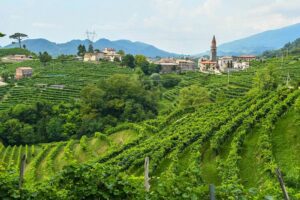
A uniquely beautiful landscape of hills and valleys, with vineyards and wineries producing world-famous Prosecco wines.
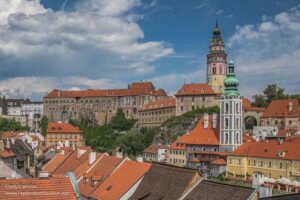
An intact and very charming medieval city surrounding a large 13th-century castle with Gothic, Renaissance and Baroque elements.
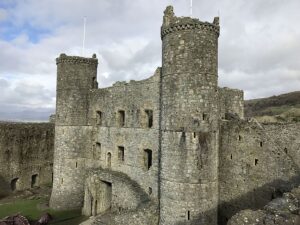
Four castles in Wales, fine examples of medieval defensive architecture, all built under orders of King Edward I.
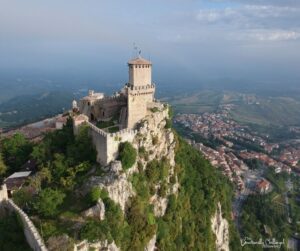
The world’s oldest republic, a tiny surviving city-state on a mountain surrounded by Italy.
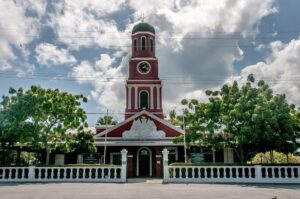
A city and military complex that exemplify Caribbean cities of the British colonial period in terms of their architecture and layout.
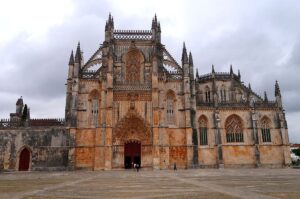
A well-preserved and impressive masterpiece of Late Flamboyant Gothic architecture with Manueline Baroque elements.
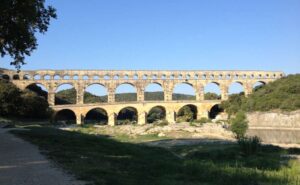
A 3-tiered stone aqueduct and bridge that demonstrates Roman-era construction processes.
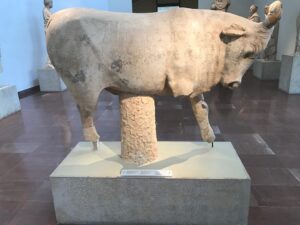
Ruins of an important temple complex dedicated to Zeus, and the site of the first Olympic games.
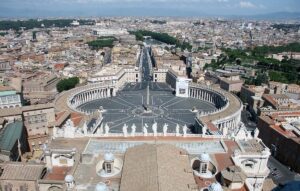
A tiny city-state with a long history at the center of the Catholic Church and containing magnificent works of art and architecture.

Rock formations bearing a huge collection of petroglyphs spanning thousands of years.
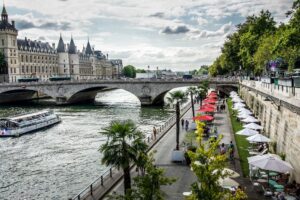
A 365-hectare corridor that encompasses many of the most famous sights in Paris, spanning centuries of the city’s development.
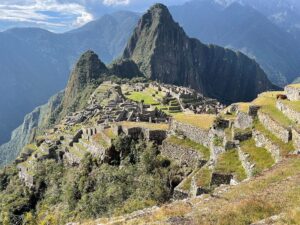
Evocative Incan ruins in a magnificent mountainous setting.

Colonial-era structures that demonstrate defensive architecture as it was adapted from European designs for a tropical environment.
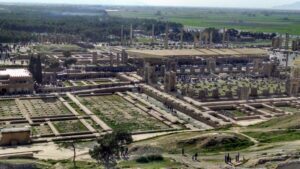
Ruins of what was a magnificent palace complex over 2000 years ago, capital of the Achaemenid Empire.
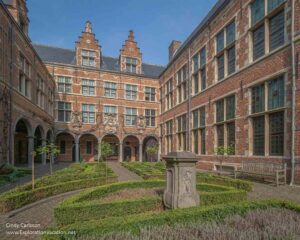
300 years of printing history and domestic life, with art by Rubens.
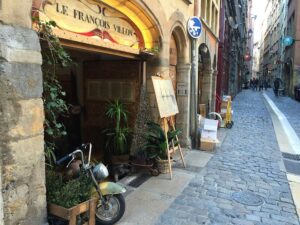
A city with 2000 years of history visible in its urban center’s architecture.
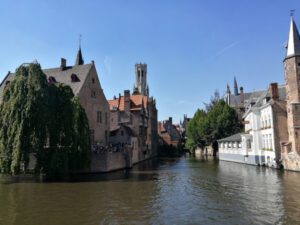
A completely intact, mostly Gothic, core of a medieval trading city.
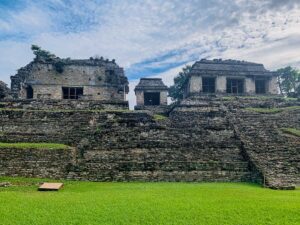
Mayan ruins, outstanding particularly because of their well-preserved architecture and elegant art.
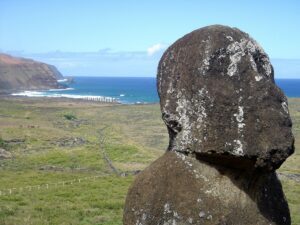
Also known as Easter Island, famous for its huge stone statues of human heads.
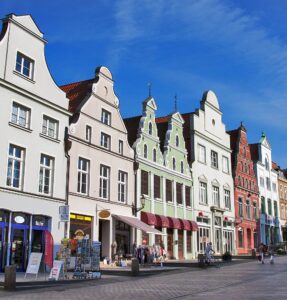
Remarkable collections of “Brick Gothic” churches and other buildings unique to these former Hanseatic ports.
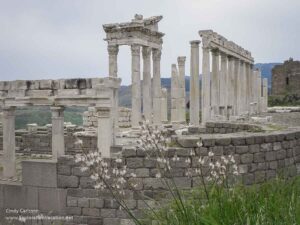
A collection of 9 archeological sites covering several historical periods of an important city’s grand monuments.
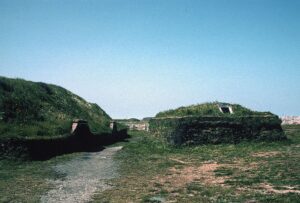
The first proven European settlement in North America, established 1000 years ago in Newfoundland.